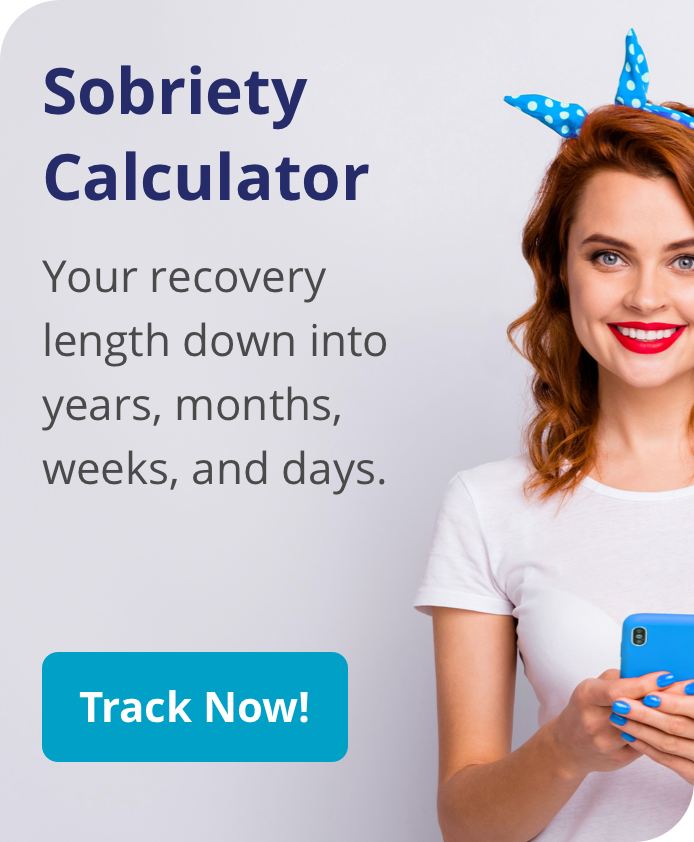 According to the NIMH, as of 2014, almost 8 million people in the United States had a mental illness (like depression) along with a substance abuse problem. Depression is a prevalent problem in the United States. Compounded by substance abuse issues, it’s more severe of a problem.
According to the NIMH, as of 2014, almost 8 million people in the United States had a mental illness (like depression) along with a substance abuse problem. Depression is a prevalent problem in the United States. Compounded by substance abuse issues, it’s more severe of a problem.
This article helps to uncover the correlation between depression and substance abuse. This includes how the two relate to one another in a dual diagnosis, statistics, what treatment options are available, and how to get help.
Depression and Substance Abuse
It is common for those with depression to have a substance abuse disorder, too. In fact, one out of every four people with a mental illness of any kind will also have a substance abuse disorder.
For some, these substances are a way to numb the pain or to temporarily forget their problems. The issue is that both feed into each other. This makes the other condition worse. For instance, substance abuse makes the depression worse or the depression makes use of substances worse.
There is a word and a phrase for having both. This is a dual diagnosis when a person has an addiction and a mental health disorder. “Comorbidity” is having two chronic conditions or diseases and it is the same as the dual diagnosis.
There is a connection in other ways. Those who have drug or alcohol addictions, as well as those with mental illness, have underlying causes. Heredity and genetics play a large part. In fact, 40 to 50 percent of those with depression can link it to heredity.
And according to Douglas F. Levison, MD, and Walter E. Nichols, MD, from Stanford School of Medicine a person who has a parent or sibling with depression is about two to three times more likely to develop depression than the average person.
Another area leading to comorbidity is our brains. Some research shows that the dopamine levels are lower in those with depression. And it is interesting to note that mental health disorders and substance abuse affects the same chemicals, molecules, and pathways in the brain. Using these substances alters the dopamine and, while it may raise the levels at first, eventually a tolerance is built. Then, the person needs more of the same drug to get the same feeling as before, which leads to addiction.
Other areas that may be indicative of a dual diagnosis are:
- Childhood trauma
- Domestic violence
- Sexual, physical, or emotional abuse
- Combat situations
- Neglect
What Are the Statistics?
The New York Times states that about one-third of people with depression have an alcohol problem as well. And statistics provided by the University of Utah show that 27 percent of people who have major depressive disorder have a drug addiction as well.
In a study done by NCBI:
- Over 60 percent of persons with higher-than-average levels of depression show higher-than-average levels of alcohol use.
- A little over 39 percent with lower-than-average levels of depression had higher levels of alcohol use.
- Depression was found to be associated with early onset alcohol abuse dependence.
- Fifty-six percent of the individuals with above-average depressive symptoms showed above-average levels of treatment involvement.
- This is as compared to 44 percent of individuals with below-average levels of depressive symptoms.
- Levels of depressive symptoms did not vary by age, marital status, educational attainment, or employment status.
- Women showed higher levels of depressive symptoms than men.
- Caucasians showed higher levels of depression than those of other races or ethnic backgrounds.
According to Drug Abuse:
Research indicates that 43 percent of people in substance abuse disorder treatment for nonmedical use of prescription painkillers have a diagnosis or symptoms of mental health disorders, particularly depression and anxiety.
Need More Information?
Call now to be connected with one of our friendly, helpful admissions specialists.What Treatment Options Are Available?
When it comes to dual diagnosis, treatment is more difficult. However, that does not mean that it is not possible to treat with success. The best treatment addresses both disorders. You simply cannot treat one without focusing on the other and expect satisfactory results. Instead, one must focus on each disorder and treat them equally.
For example, if only the depression were treated, the patient may continue to use. Or if the patient has rehabilitation for substance abuse without treating the depression, the depression will continue to be an issue. And this can lead to further substance abuse.
Medicinal Treatment
Some medicines help treat comorbidity. These include bupropion like Zyban and Wellbutrin. More research is necessary to really assess how well these work. Yet, they have shown promise in alleviating symptoms of substance cravings and mental disorders.
Behavioral Therapies
Another treatment for dual diagnosis uses behavioral therapies. This can be by itself or in tandem with medicinal treatment. Preliminary findings indicate that concurrent therapy and broad-spectrum diagnosis is more successful.
Non-medicinal therapies may include options such as:
- Experiential treatment. This includes adventure therapy, music therapy, use of the Serenity Lounge, and social interaction.
- Group, individual, and family therapy.
- Cognitive behavioral therapy.
- Specialist therapy. This includes holistic treatment, psychiatric solutions, brain therapy, and EMDR.
We Have Treatment Options
Transformations Treatment Center has h olistic nutrition with dieticians, natural supplement protocols, and chiropractic services. We also have a health club with a private trainer, beach time, pool time — all in a non-institutional atmosphere.
If you or someone you love suffers from substance abuse and/or depression, contact us so we can help get you or your loved one through it.
- https://www.nimh.nih.gov/health/topics/substance-use-and-mental-health/index.shtml
- http://learn.genetics.utah.edu/content/addiction/mentalillness/
- http://depressiongenetics.stanford.edu/mddandgenes.html
- https://www.ncbi.nlm.nih.gov/pmc/articles/PMC4864601/
- https://www.drugabuse.gov/publications/research-reports/common-comorbidities-substance-use-disorders/part-1-connection-between-substance-use-disorders-mental-illness




